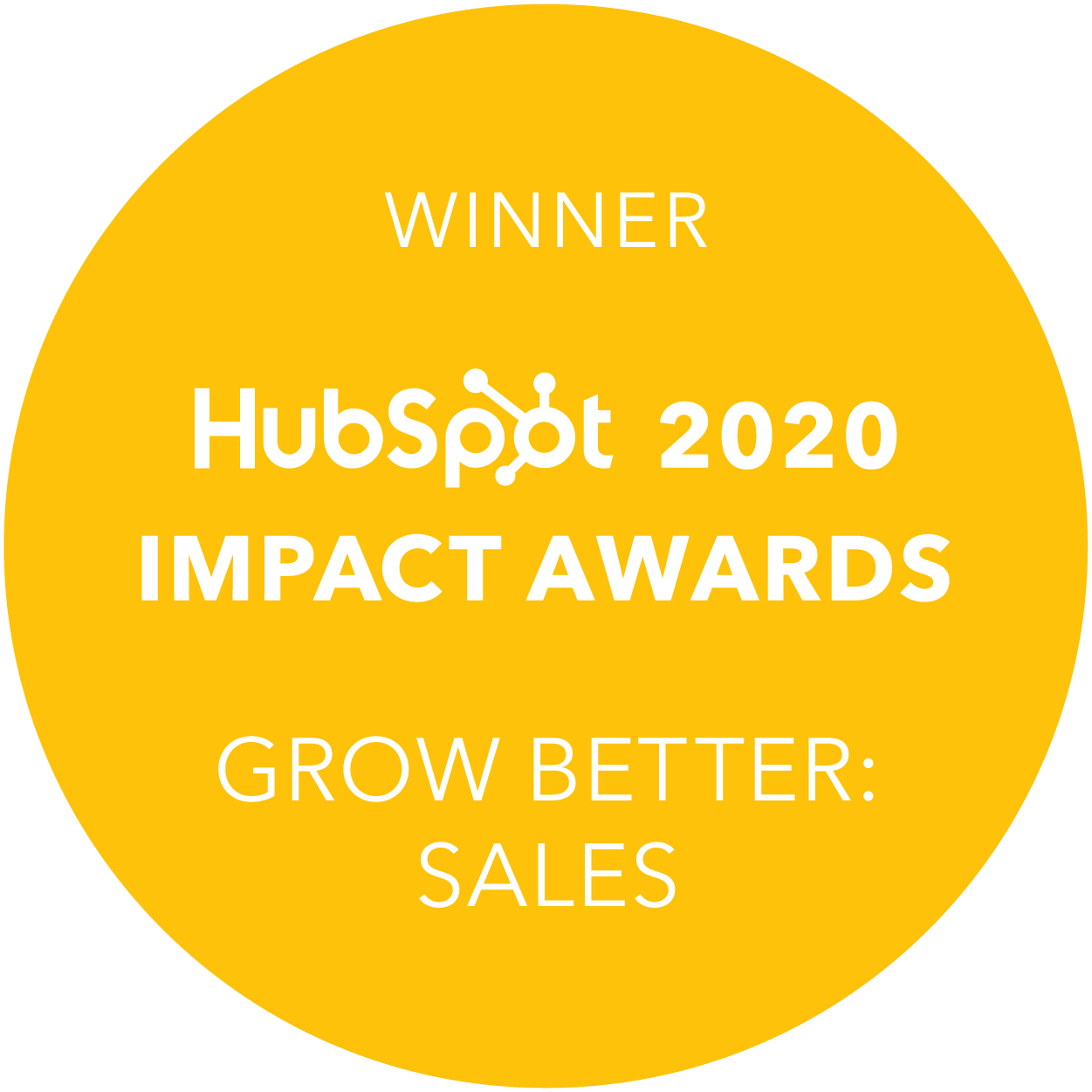A well-oiled marketing engine undoubtedly runs so much better with lots of input and collaboration, primarily from sales, after all, they are the ones knocking on the door, and talking directly to potential buyers - who else could be better placed to understand their business pain and needs?
The inbound marketing and inbound sales methodology creates a welcomed opportunity for sales and marketing to align together, we call it SMarketing.
SMarketing is the process of aligning the sales and marketing teams around common goals within a business, focused on improving revenue. There couldn't be a better place to start than agreeing the exact makeup of your target buyers and ideal customers, followed by an understanding of each others' goals and targets. These should be locked-on with laser focus from here onwards. Forever!
Having a common understanding and shared goals means being open and honest with each other and having "skin in the game" - it all comes down to revenue, so it is no surprise that sales are incredibly numbers-driven. Part of getting on the same team is marketing taking on, or owning a number with them.
To do that, let's work backward from sales, start with your shared goal: REVENUE. Then capture these important metrics.
- Revenue Goal: £10,000
- Avg. Deal Size: £1,000 - Current Revenue / Current Customers
- Customers Needed: 10 - Revenue Goal / Avg. Deal Size
- Avg. Lead to Customer %: 2% - Current Customers / Current Leads
- Leads Needed: 500 - Customers Needed / Avg. Lead to Customer
Don't go racing off to lead generation, until you have agreed a crucial part of the process between both parties. Agree what makes a sales-ready lead. Is it someone who downloaded an ebook, and they work for a company which has between 200-1,000 employees in Surrey? Maybe its the contact at a company in Hampshire who filled out the form to request a sales demo or started a trial? Or maybe its a contact at a company whose role makes him/her a decision maker, e.g. a Head Of or Director?
By agreeing this criteria with sales you'll build trust and transparency in the funnel, ensuring the handoff process from marketing to sales runs smoothly, with minimal leads being recycled back to marketing before being worked on by sales.
So what does best practice look like?
- Both teams must have the same/interdependent organisational goals.
- The marketing pipeline should be tied to sales quotas.
- Visibility into each other’s goals.
- Compensation based on shared marketing and sales goals.
- Continual communication and education around personas.

There are five key steps needed to integrate the smarketing approach:
- Speak the same language.
- Implement service level agreements (SLAs).
- Set up closed-loop reporting.
- Rely on data.
- Maintain open communication.
Speak the same language
Critical for success is common understanding of everything - take time to help sales teams understand marketing terminology, and encourage sales to help you understand their world.
Implement SLAs
A sales-marketing SLA defines what each team commits to accomplishing in order to support the other in reaching the shared revenue goal(s). An SLA crystalises the alignment around goals.
Marketing to Sales: Number and quality of leads required to hit company revenue goals.
Sales to Marketing: Speed and depth of lead follow-up that makes economic sense.
Example SLA’s:
- Marketing will deliver 100 leads per sales representative, per month.
- Sales will make 1 attempt to engage in 4 business hours, with 5 attempts in 14 days.
Set up closed loop reporting
Questions to identify if you need to set up closed-loop reporting:
- Do you send leads to sales and never hear about them again?
- Do you end up creating and trying to manage duplicate leads?
- Do you send leads to sales with the basic contact information, but without intelligence about what content those leads consumed?
- Are you unsure of the impact their marketing efforts are having on revenue?
Closed-loop reporting allows you to pass more intel and get feedback from Sales.
Benefits for Marketing:
- Get up-to-date contact info and status updates.
- Learn which marketing campaigns are working and which aren’t.
- Increase marketing ROI.
Benefits for Sales:
- De-duplicate leads.
- Help prioritise leads.
- Help make warmer calls.
- Increase close rate and sales ROI.
Specifically closed-loop reporting allows you to:
- Analyze which marketing sources (organic, social, referral, etc.) are producing the most customers.
- Use conversion assists to help you understand how each individual piece of content you create contributes to closing customers.
- Provide a timeline of all of the interactions a contact took prior to becoming an MQL or a customer.
- Pass information to sales that can help aid them in connecting and engaging with contacts within the first 24 hours.
- Send automatic updates to your sales team when their leads revisit the website or take other key actions, to make sure to follow up at the best time.
Rely on data
Create and share a common dashboard with the reports aligned with the teams’ goals. Check the dashboard daily and encourage individuals to fix problems.
Marketing:
- Measure and communicate progress towards primary goals as agreed upon in the SLA.
- Measure volume of leads or volume of quality leads against the monthly goal, and check daily to adjust.
- Track leads by source, set goals per source and measure progress for each of your efforts.
- Track leads by campaign, analyse the results for each campaign – which efforts successfully drive traffic, leads, and customers.
- Track the volume of MQL’s, measure how many MQLs – and which types – are generated.
- Create a monthly marketing report, with a full analysis on a monthly basis to dig into all the important metrics and evaluate why marketing did or did not hit targets - share it across the company.
Sales:
- Sales by day dashboard, to measure progress towards the sales goal and compare against previous month.
- Use sales activity reports to track how many and how deeply leads are worked by the sales team.
Maintain open communications
- Weekly smarketing meeting which your entire sales and marketing teams attend to get on the same page about: team successes, product info, persona education, and SLAs.
- Monthly management meetings, where key managers attend to discuss topics in depth and resolve issues.
- Campaign communications, market your campaigns to your sales team – share the info they need in order to be successful.
- Product communication, share updates about products and services – arm the sales team with the details and why customers/prospects will care.
To find out how you could improve your sales and marketing alignment, why not contact us to discuss your challenges.

.png?width=200&height=67&name=RevM%20Digital%20Marketing%20Agency%20Woking%20Surrey%20(1).png)







